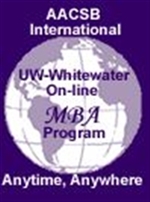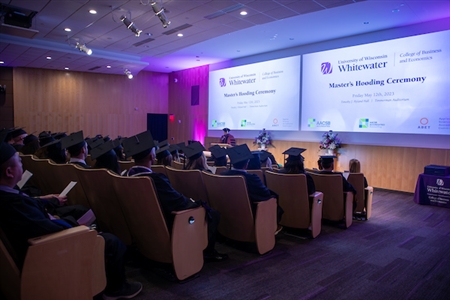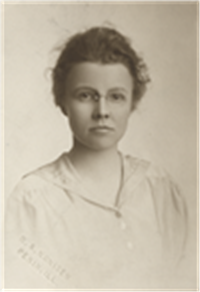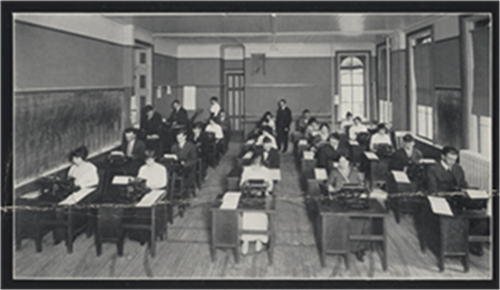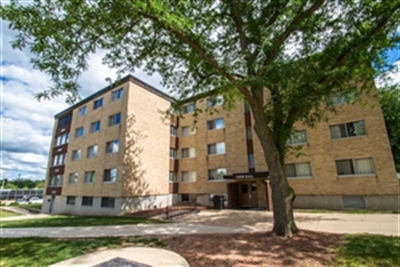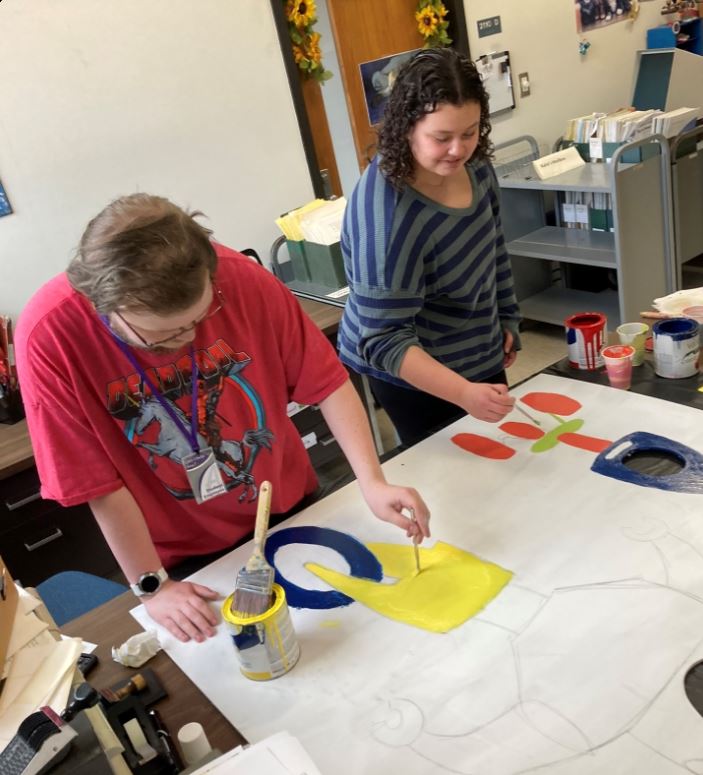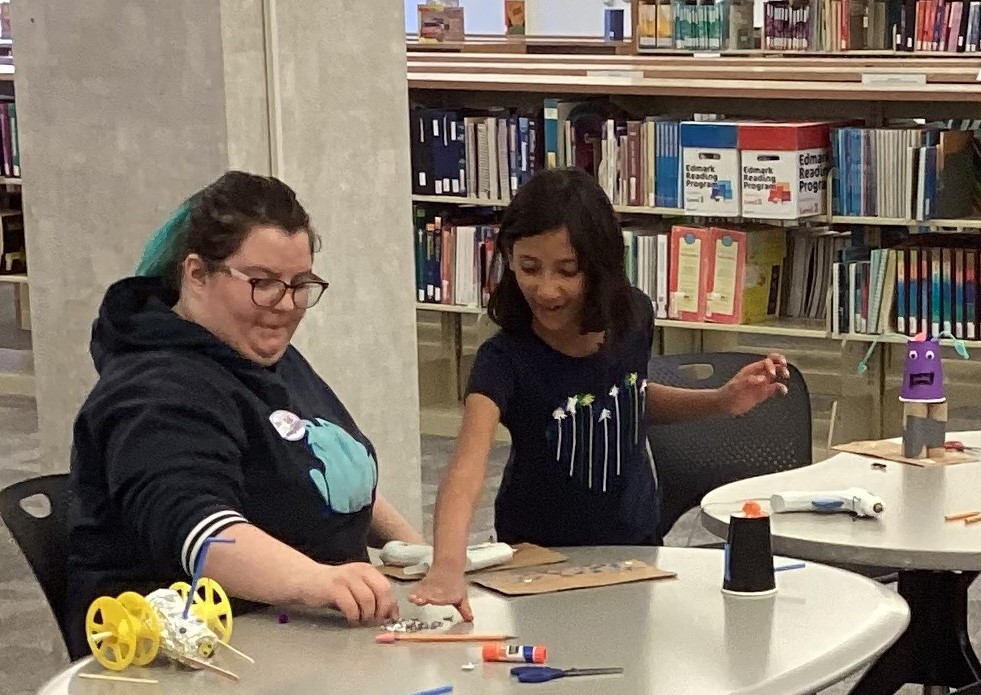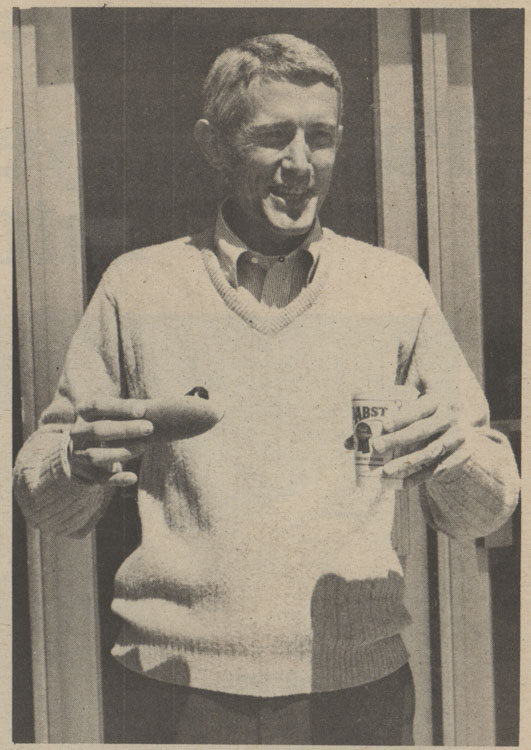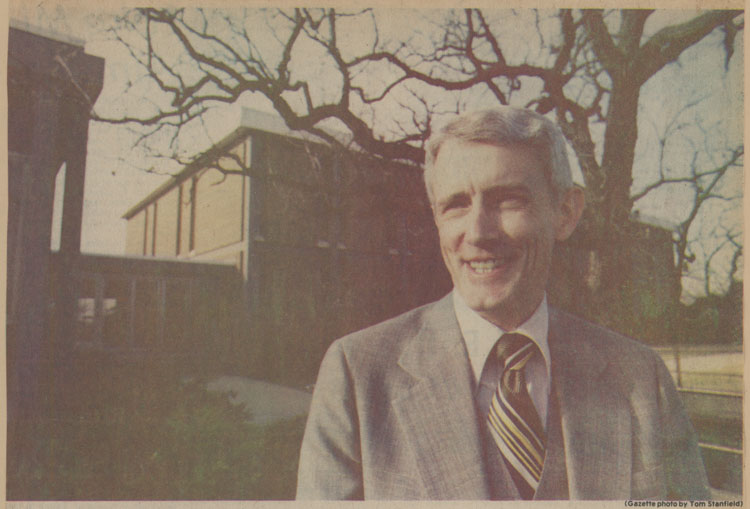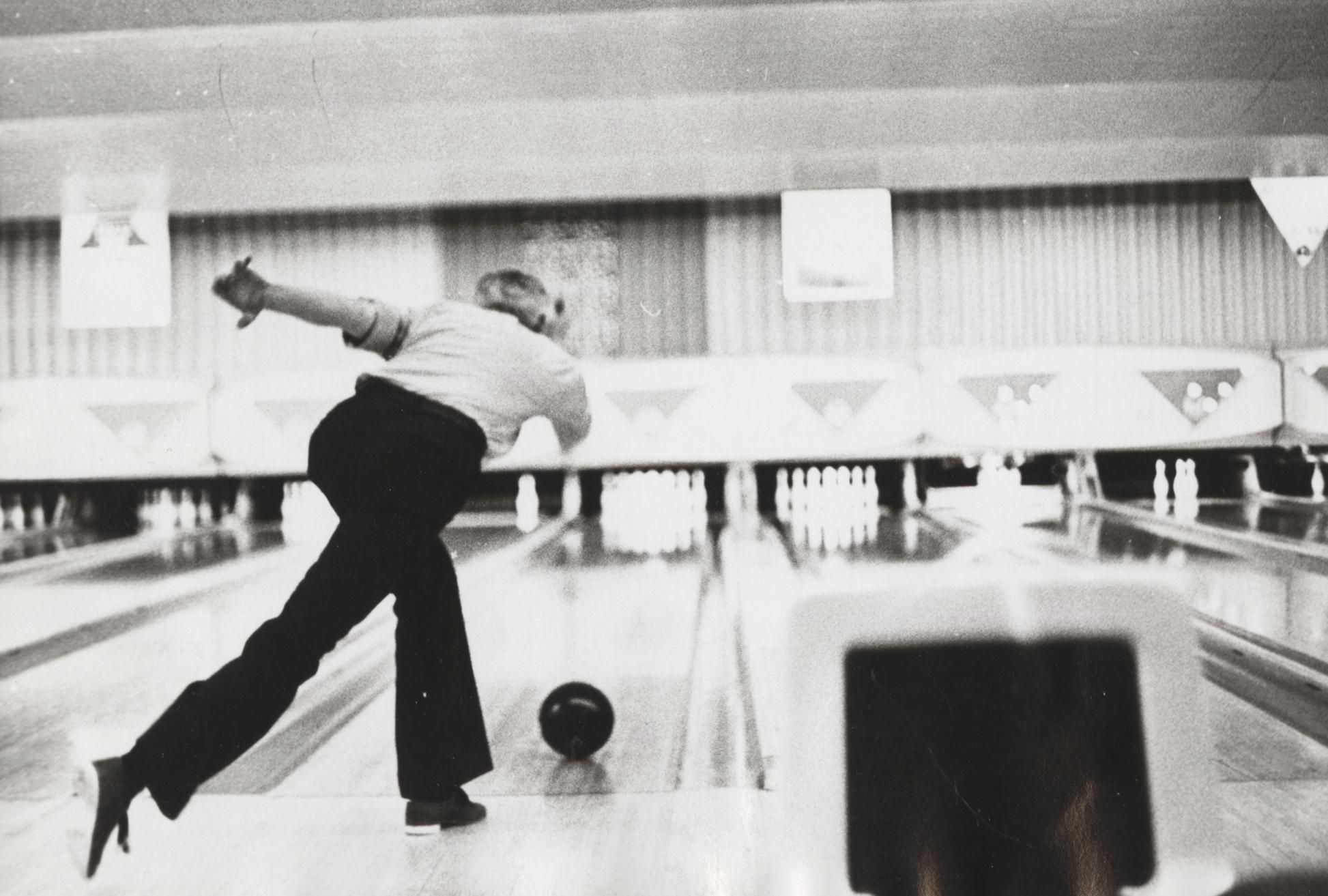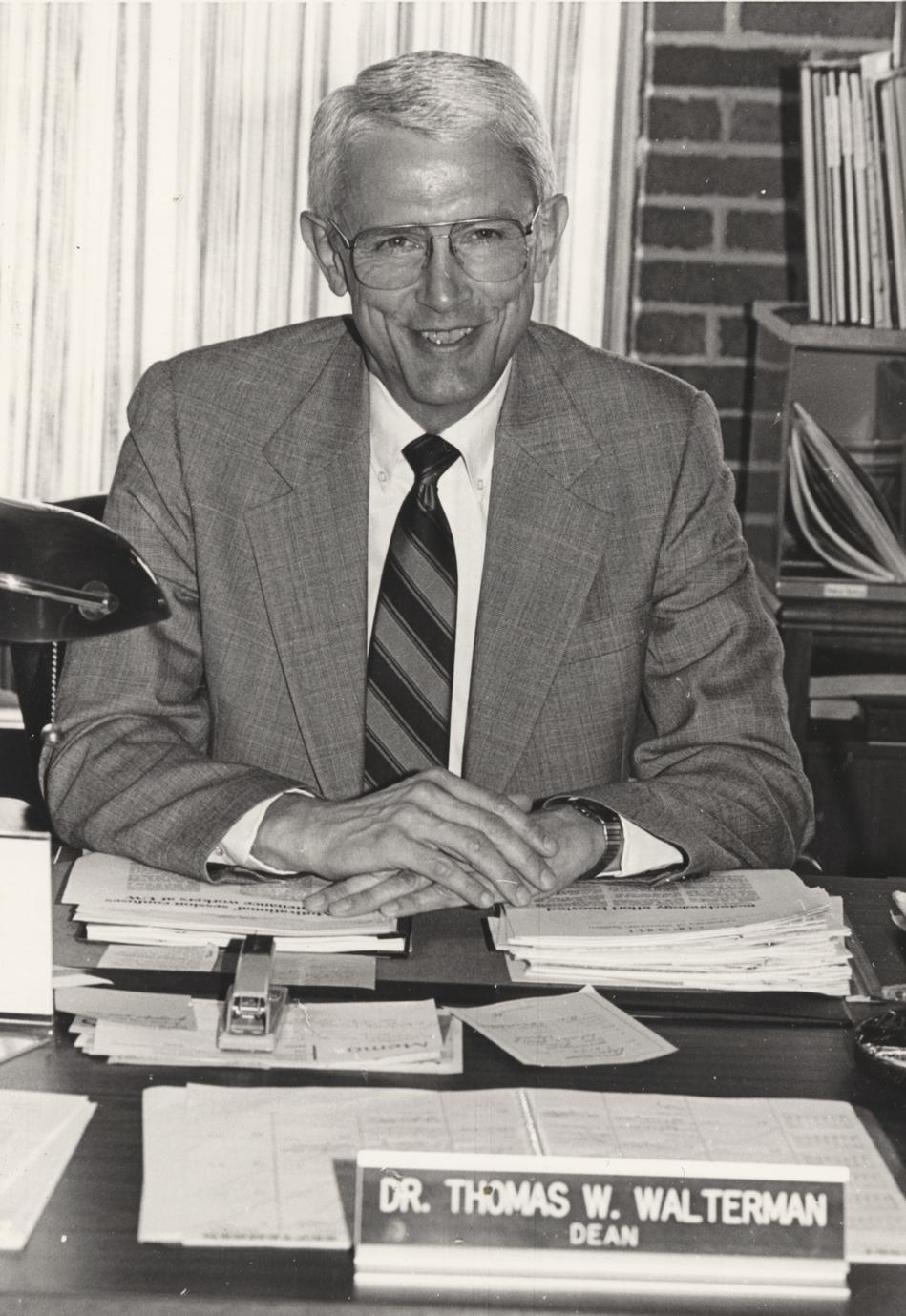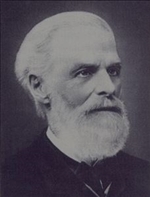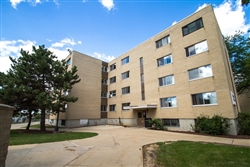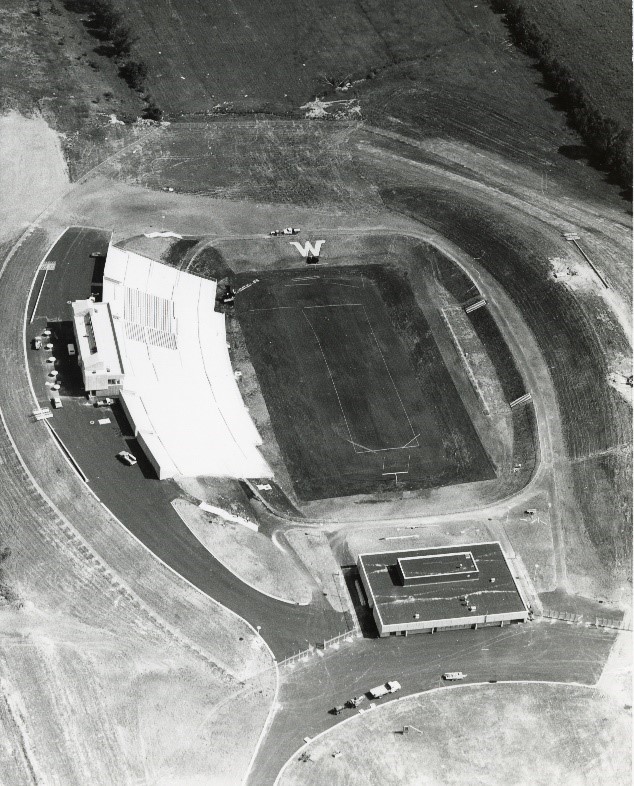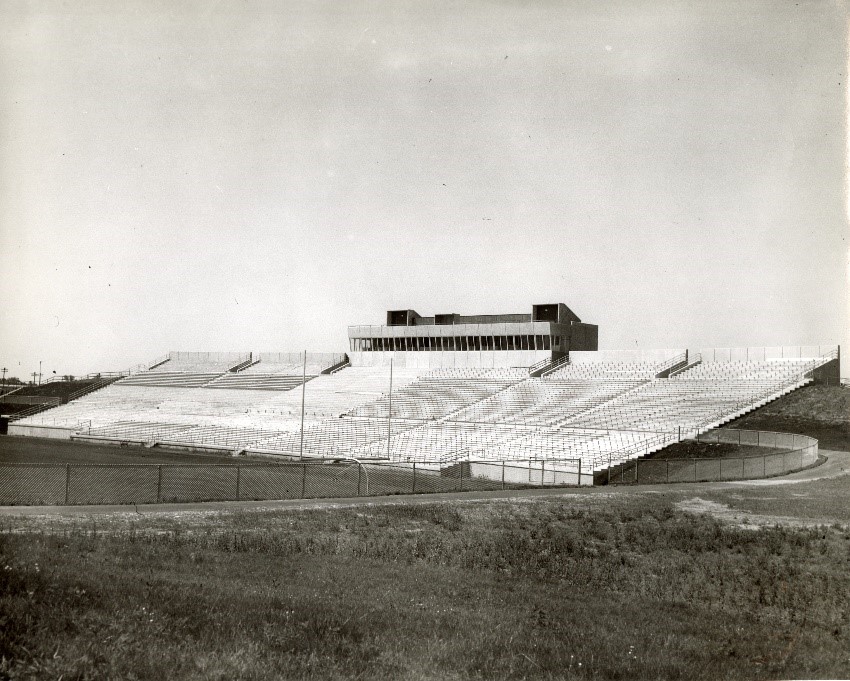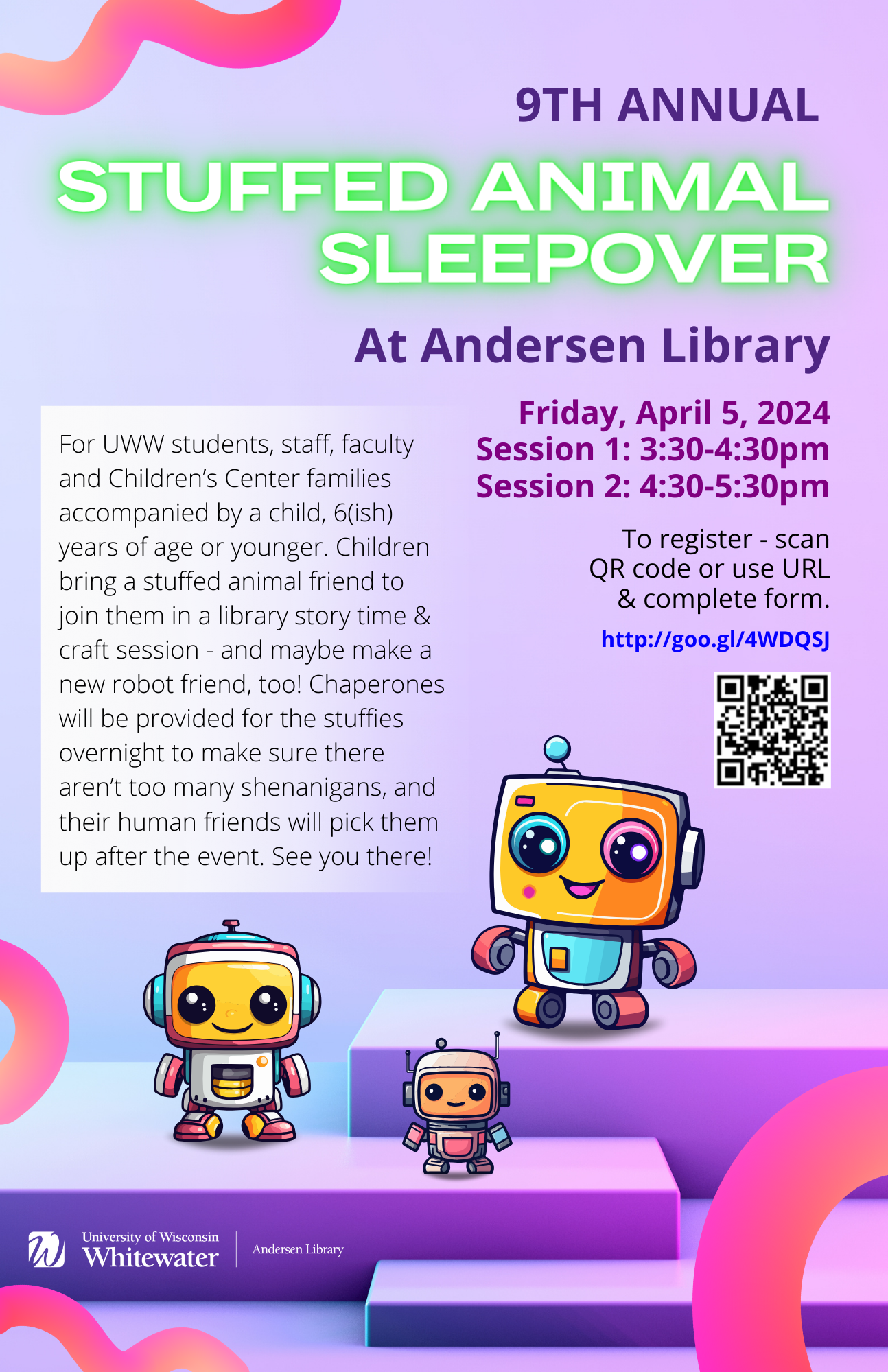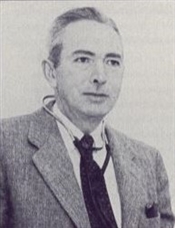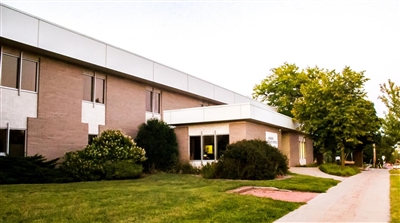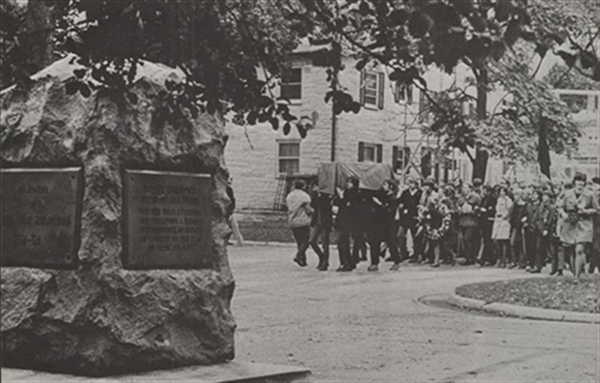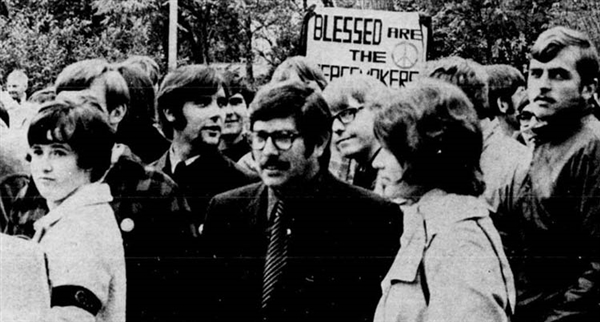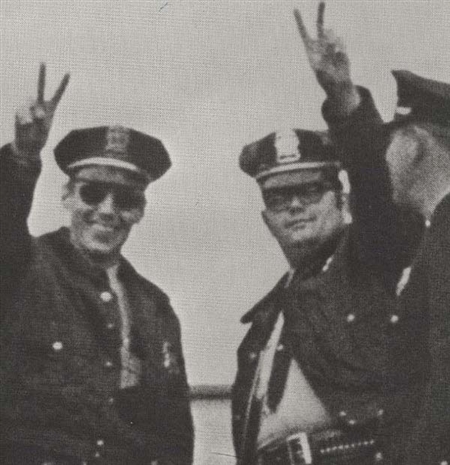Written by Jacob Ober
On April 21st, 1868, also known as “Founder’s Day,” a dedication ceremony was held for the newly-opened Whitewater Normal School. 100 years later, Whitewater Normal School, having been recently renamed to Wisconsin State University-Whitewater in 1964, celebrated its centennial anniversary. When Whitewater Normal School was founded, the 48 students enrolled were taught by 9 faculty members. 100 years later, the school had expanded far beyond its original function of being a school for teachers, broadening its curriculum to include bachelor’s and master’s degrees in a variety of disciplines. In its centennial year, enrollment at Wisconsin State University-Whitewater topped 8,000 students.[1]

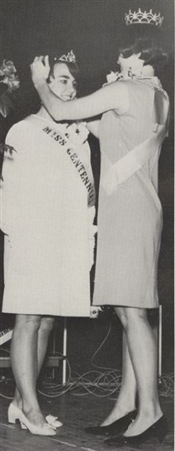
The celebration of Wisconsin State University-Whitewater’s centennial began on January 31, 1968 with a Serendipity Singers concert and the crowning of Mary Conohan as “Miss Centennial.” [3] While there was a year-long celebration, the “Centennial Week” festivities began on April 16th, featuring an art exhibition in Crossman Gallery, a number of music recitals showcasing Whitewater faculty, and different guest speakers from around the country.[4] Speakers included John F. Mee, Mead-Johnson professor of management at Indiana University, Cary McWilliams, editor of The Nation, and Delyte W. Morris, president of Southern Illinois University-Carbondale.[5] Celebrations also featured a proclamation by Wisconsin Governor Warren Knowles recognizing 1968 as the centennial year of Wisconsin State University-Whitewater, read by Lieutenant Governor Jack Olson during a reception at Wells high rise.[6] The week-long celebration was capped by the lighting of a 55-foot candle fitted with 1,224 blue, white and gold lights in front of Old Main on April 21st.[7]
Today, what was formerly the Whitewater Normal School and Wisconsin State University-Whitewater is now called the University of Wisconsin-Whitewater, a name it has held since 1971. Despite the name changes, the campus continues to celebrate its heritage, with the most recent Founder’s Day observed on April 21st, 2024, the school’s 156th anniversary. As we look to the future, one must wonder what kind of celebration will greet students and faculty for the school’s bicentennial in 2068!
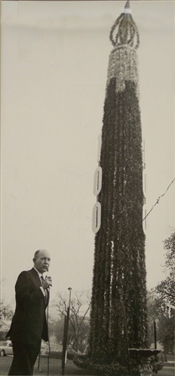
[1] “Speakers Named for Whitewater Centennial Week April 16 – 21,” The Whitewater Register, April 4th, 1968.
[2] Minneiska, 1968, UW-Whitewater Archives and Area Research Center, 122.
[3] “Serendipity Singers Will Kick Off 1968 Centennial Year’s Festivities,” The Royal Purple, January 11, 1968.
[4] “Kickoff of Centennial Celebration, Minneiska, 1968, UW-Whitewater Archives and Area Research Center, 124 – 125; “Fine Arts Events Schedules for WSU Centennial Symposium,” The Whitewater Register, April 18, 1968.
[5] “Speakers Named for Whitewater Centennial Week April 16 – 21,” The Whitewater Register, April 4th, 1968
[6] “Kickoff of Centennial Celebration, Minneiska, 1968, UW-Whitewater Archives and Area Research Center, 123.
[7] “University Activities Mark Centennial of Whitewater Founding,” The Whitewater Register, April 25, 1968.
[8]”Kickoff of Centennial Celebration, Minneiska, 1968, UW-Whitewater Archives and Area Research Center, 125.
[9] “Historical Timeline,” 100th Birthday (1968), University of Wisconsin-Whitewater, https://www.uww.edu/150/timeline

